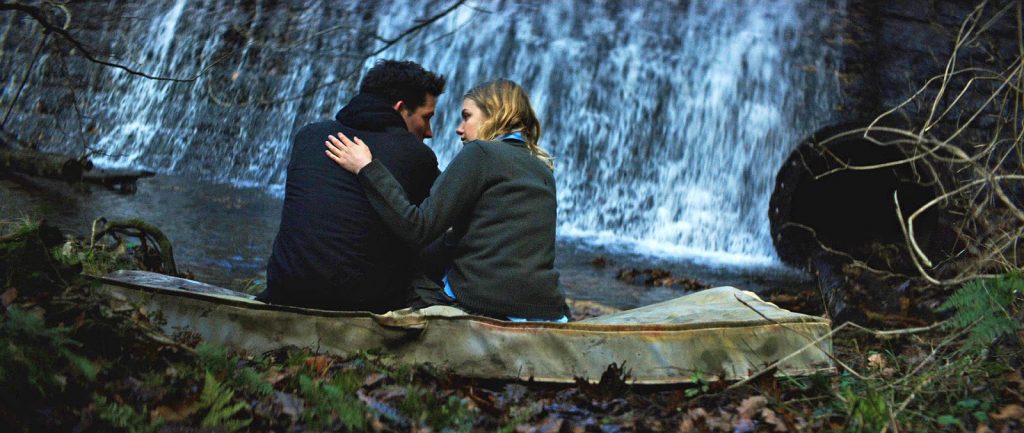
fciwomenswrestling.com article, pixabay.com, pexels.com photo credit
Understanding the human condition seems impossible because how can you build a static model to answer questions long-term while standing on the shifting sand beneath your feet.
One thing that is for certain, while Proverbs extols there is nothing new under the sun, life is one big continual transition, painfully forced or fearfully and voluntarily walked towards.
That transition not only engulfs individuals but families, corporations, towns, cities and countries as well.
No matter how hard you try, you absolutely cannot stop it.
The only thing you can really control is your own self-reflection on how you will respond to it.
There is something very primal about that and no matter how many layers of urban sophistication, elite cultural enhancement and new age modernization reflected in the emotional stylish clothes that we wear, scratched slightly, primal will mostly win out.
So many of us hate true self-reflection and will try and do anything to avoid it.
It’s easier to blame others and society.
Part of the power of film when it is done honestly, without spin or packaging, is that it can have a very strong primal impact.
Celluloids about youth rebellion, angst, raw emotions of love, honestly told and free of professional and asset blood stained resumes ring powerful because after all, they are so primal and their emotions are hard to escape.
No matter how old you grow and how mature you evolve, you never forget those moments of young love and emotion.
Especially seen in the dark with no distractions.
Home viewing on a large screen best. Movie theater second choice.
One such film that held us captive and we couldn’t escape its primal power is Bridgend.

The film industry group imdb.com shares, “Bridgend follows Sara and her dad, Dave as they arrive to a small village in Bridgend County. The village is haunted by suicides amongst its young inhabitants, and Sara falls dangerously in love with one of the teenagers, Jamie while Dave as the town’s new policeman tries to stop the mysterious chain of suicides.
The film is an uncompromising story focused on the relationship between vulnerable teenagers and their parents who are left in the dark. The story of the film is based on a mysterious suicide cluster that took place in Bridgend County, a small former coal-mining province in Wales. Between December 2007 and January 2012 seventy-nine suicides were officially committed in the area. Most of the victims were teenagers, they hanged themselves and left no suicide notes.”
Uncompromising is the operative word if a film is to truly be able to penetrate our ever new and improved titanium emotional shields.
Bridgend does that and more.
The fact that it is based upon real events adds to that delivery.
An article in People magazine reported that by February 2012 seventy-nine people had committed suicide by hanging “in the area”.
Most of the victims are young adults, but the age range is 13 to 41 years of age. In 2010 police asked the media to stop covering the suicides in an attempt to prevent copy-cats. Bridgend is a former market town of around 39,000 people; however, the suicides stretched over the whole county borough of Bridgend, which has a population of over 100,000.
What adds to the power of the film is that it doesn’t make the mistake of trying to answer why the suicides are occurring since no explanation in real life can explain it either.
Memories of Director Peter Weir’s 1975 classic Picnic At Hanging Rock saunters like timeless vapors especially when Bridgend splices in scenes of the clouds amidst the evening sky with the trees and mountains ominously framing the background.
It is a sight our human ancestors could have seen since the dawn of man and were as mesmerized and made uneasy by its spiritual magic, aura and darkened movements as we are today.
Picnic At hanging Rock used hypnotic music to tell a mysterious story with no answers as well. During a rural summer picnic, a few students and a teacher from an Australian girls’ school vanish without a trace.
With both films, many want them to solve the puzzle and provide answers to the mysteries involved.
Some things in life cannot be explained.
You have to be content to feel it.
Films that inspire self-reflection can be overwhelming with no exits.
You have to endure the pain. You have to let the tears flow.
But it’s okay.
You are alone in the dark and no one can see you.
The Spiritual Value of Self-Reflection

By G. Crawford Henderson Submitted On September 12, 2016
There is much intrinsic value in mastering the art of self-reflection.
As we grow beyond our five-sensory view of the world and begin, in earnest, a multi-sensory journey toward wholeness, we must become more introspective and resilient.
Each of us has an Internal Guidance System (IGS) that functions similar to the global positioning system in our vehicles. As we seek and find clarity of purpose, our mental maps will recalibrate accordingly, allowing us to trust in and rely on our IGS to pave the way toward spiritual maturity, authenticity, and integrity.
We experience our IGS via our emotions. They are the most precise and accurate predictors of who we are and where we are at any given point in time. When we examine our emotions honestly and with sincerity, we are better able to control the direction of our lives, shift gears, and alter the course if we don’t like what we see in ourselves.
We spend an inordinate amount of time evaluating the people around us and passing judgment on them and their circumstances; all the while going to great lengths to avoid any effort that remotely resembles self-assessment or self-reflection. We scurry through life, rarely pausing to evaluate our progress. There is absolutely no spiritual value in judging others. It is wasted energy that leads to an endless downward spiral.
Our path to spiritual maturity must begin with a willingness to take our eyes off others and turn them inward. We should make it a personal quest to continuously and objectively evaluate our thoughts, feelings, words, and deeds. We must accept responsibility for the inner work required to self-correct. By paying careful attention to our emotions, we gain much needed insight into who we really are.
The most common strategy we employ to avoid self-reflection is busy work. We clutter our days with extensive “To Do” lists, filling them with meaningless activities that have little or nothing to do with living life on purpose and on point. We skim the surface of our personalities and identities and rarely face our true feelings because, more often than not, our feelings are laced with such ugly emotions as anger, envy, and jealousy. Rather than face this stark reality, we create a complicated network of lies about someone else’s imperfections to avoid our own shortcomings.
Most of us accept the premise that we are called upon to serve humankind. At some level of our being we understand that purpose transcends personal agendas and requires us to engage in selfless pursuits. To be an effective servant, however, we must tap into the divine source within us in order to realize the extensive spiritual possibilities life offers.
Developing the habit of self-reflection requires discipline and brutal honesty. Some rely on journals and diaries, others meditate, while still others pray for guidance to help them develop the skill sets required to indulge in thoughtful introspection. Personally, I like to use the drive home from work to reconstruct my day and determine how closely I came to realizing the ideals I have set for myself. I use this quiet time to take stock of the emotions I exhibited throughout the day. If I am not happy with the assessment, I seek forgiveness and pray for another opportunity to get it right.
We humans are created to expand and to be productive. We are at our absolute best when we are supportive and positive. The worst examples of our humanity stem from our negativity and judgmental attitudes. In order to empower our IGS to do what it is designed to do in our lives, we must be willing to rid ourselves of the ideologies, personality traits, patterns of behavior, and emotions that contradict our growth and development goals.
This article offers practical advice to the reader who is interested in spiritual growth and development. It makes the point that at our core we are authentic spiritual beings in search of wholeness and happiness. The article artfully suggests that the path to spiritual maturity must begin with a willingness to become introspective, and it offers “How to” insight into one of the major requirements for spiritual growth, self-reflection.
~ ~ ~
http://ezinearticles.com/?The-Spiritual-Value-of-Self-Reflection&id=9522429
Article Source: http://EzineArticles.com/expert/G._Crawford_Henderson/2331207
Article Source: http://EzineArticles.com/9522429
http://www.imdb.com/title/tt4180576/plotsummary?ref_=tt_ov_pl
Blanco & Schønnemann Pictures film photo credit



